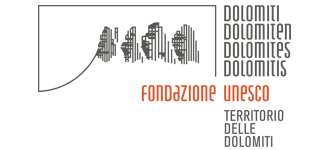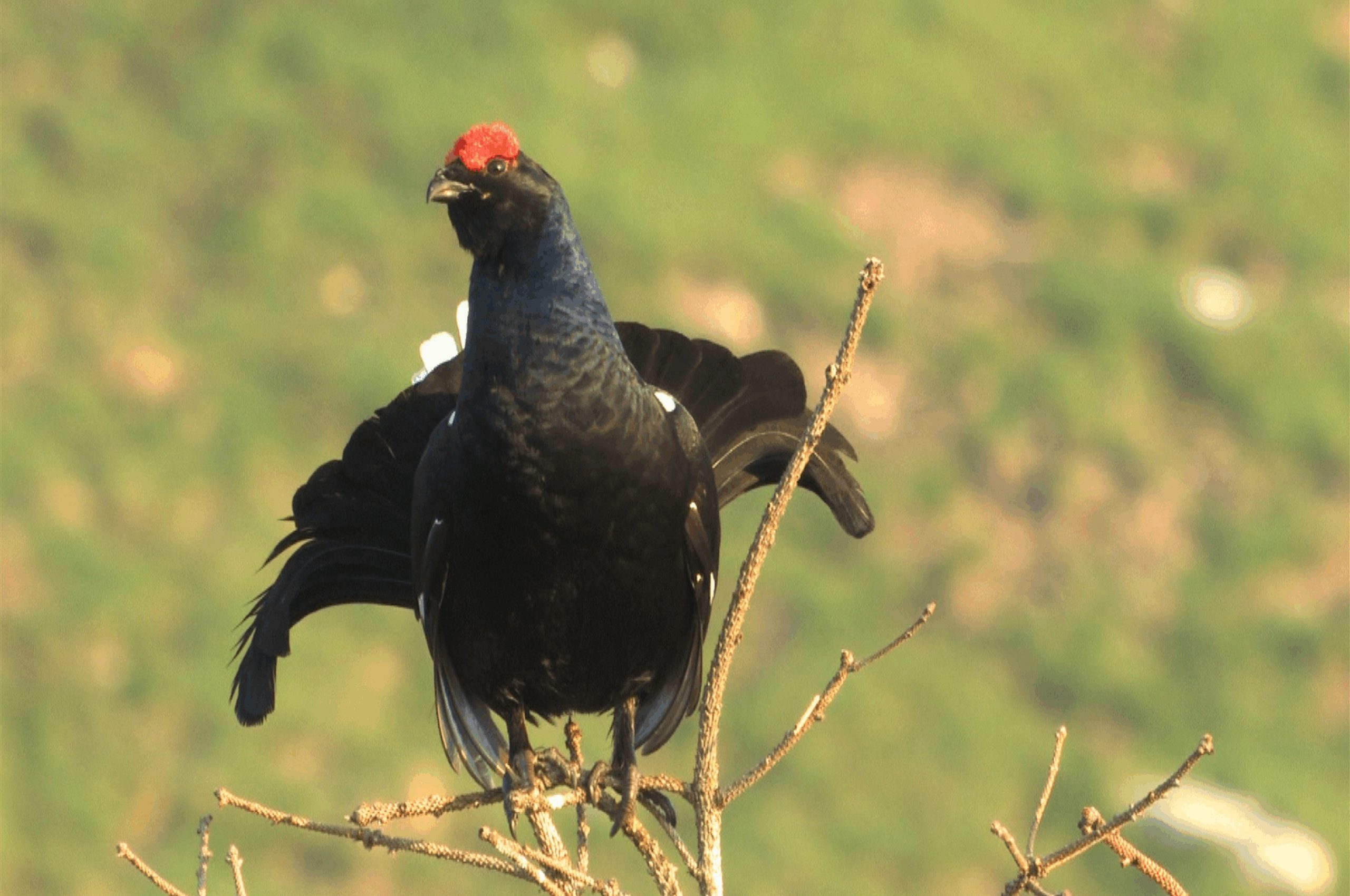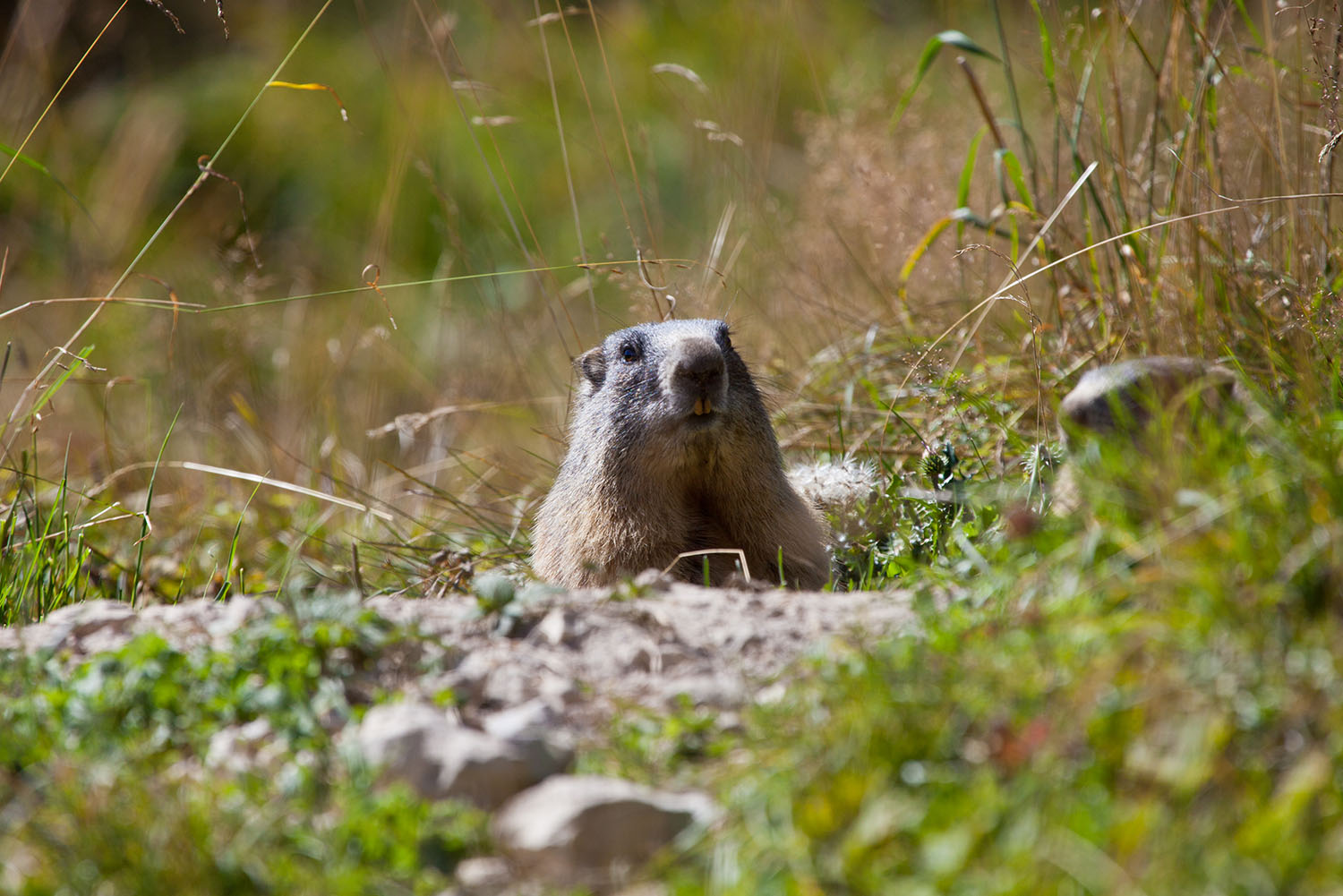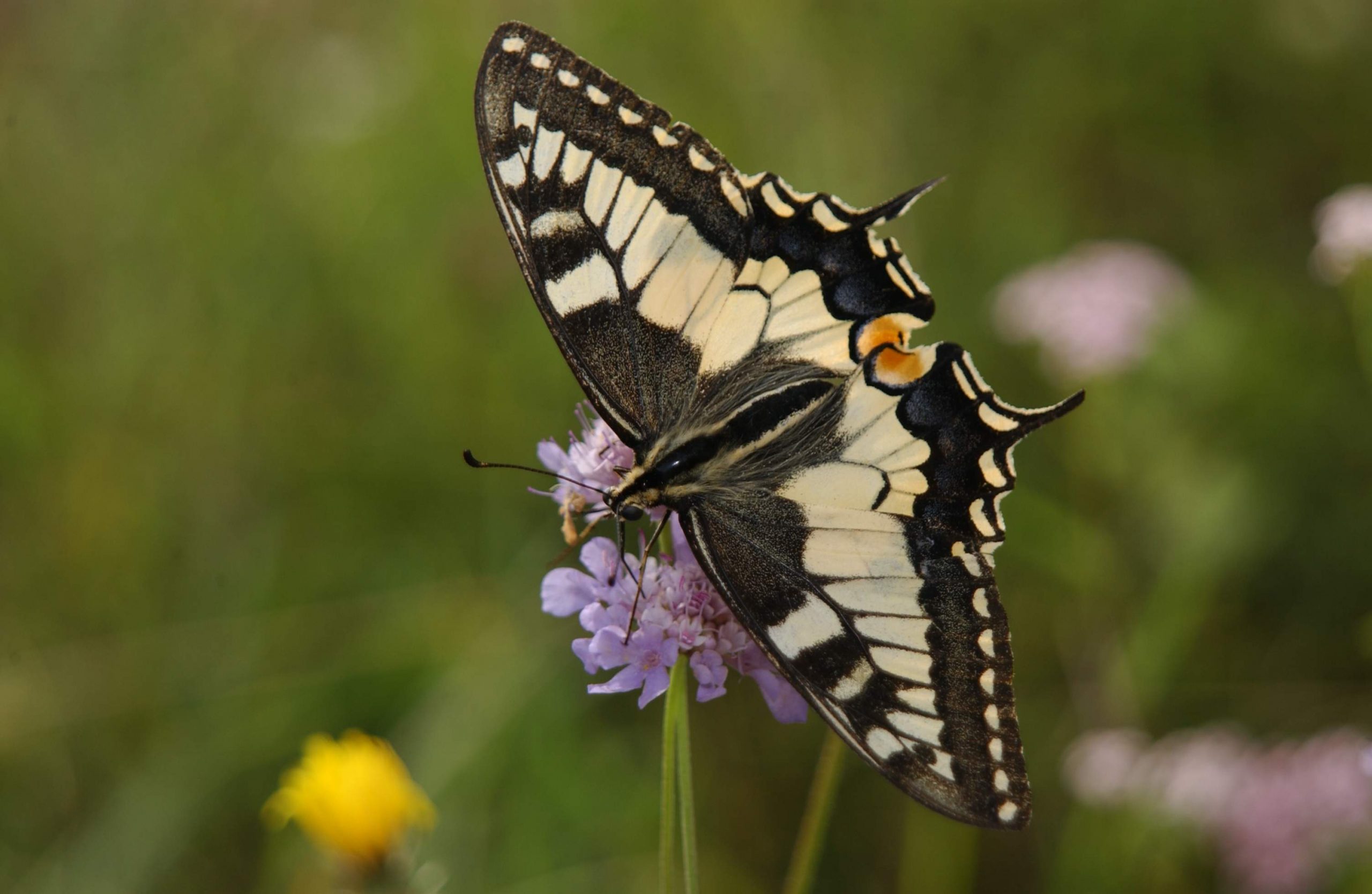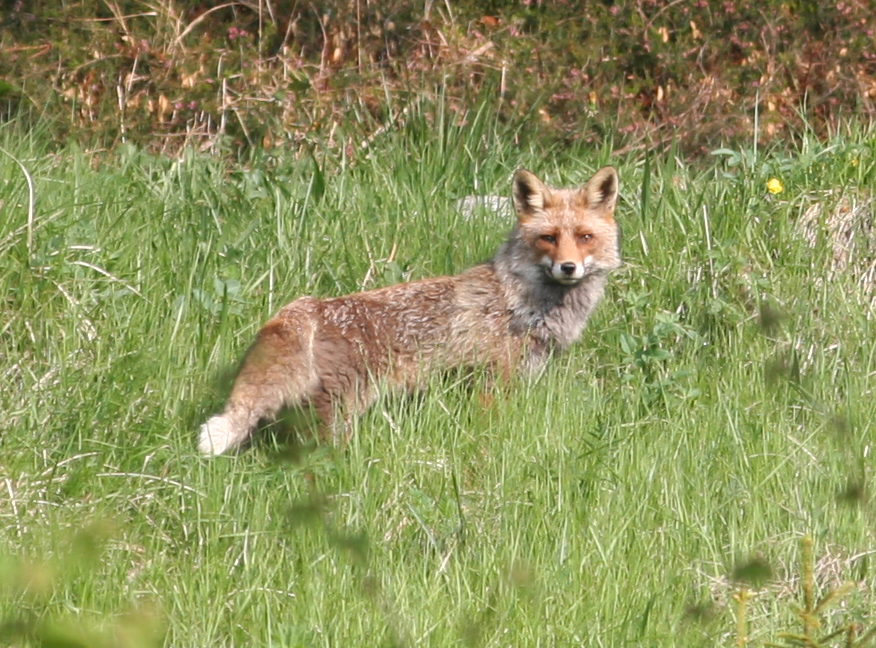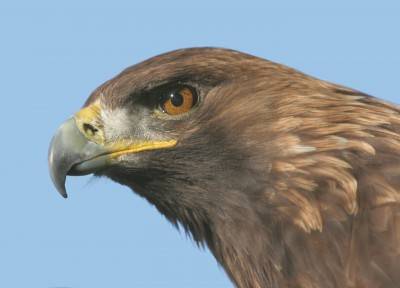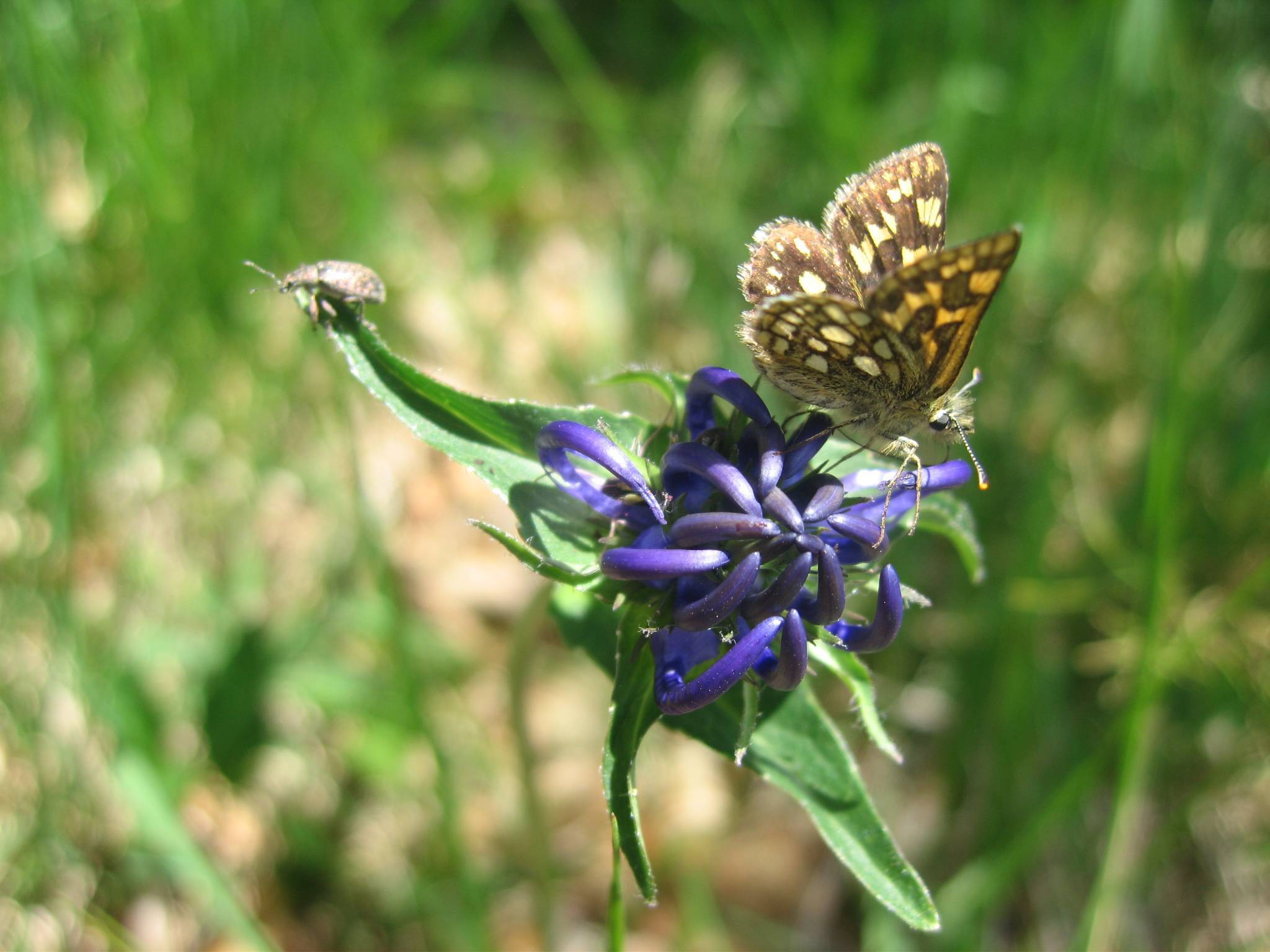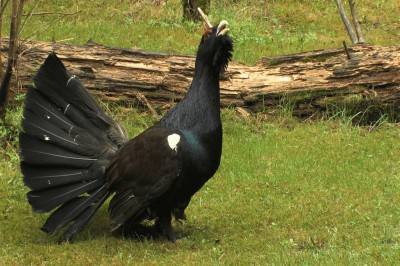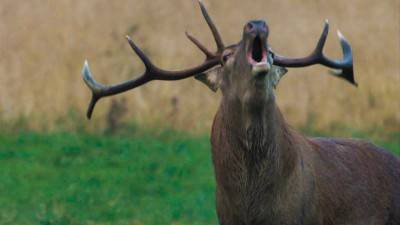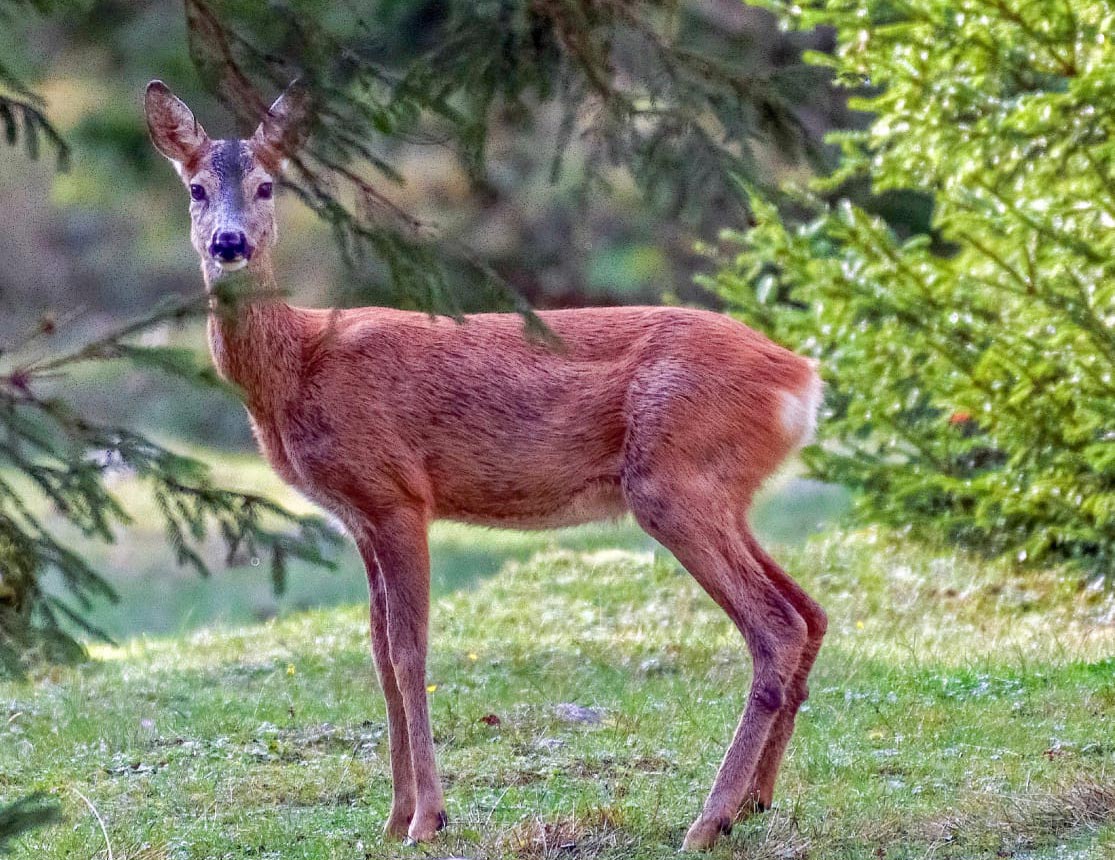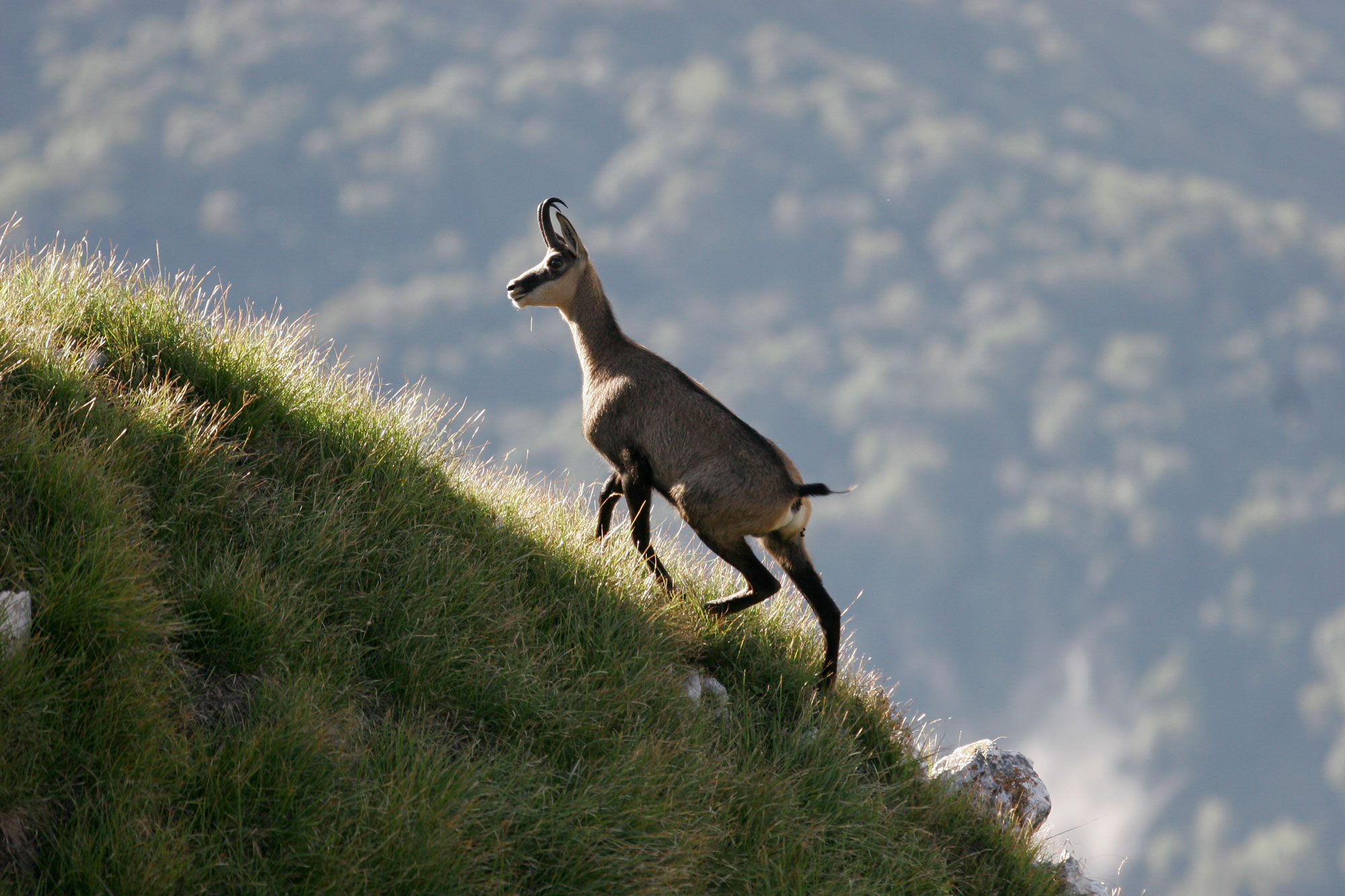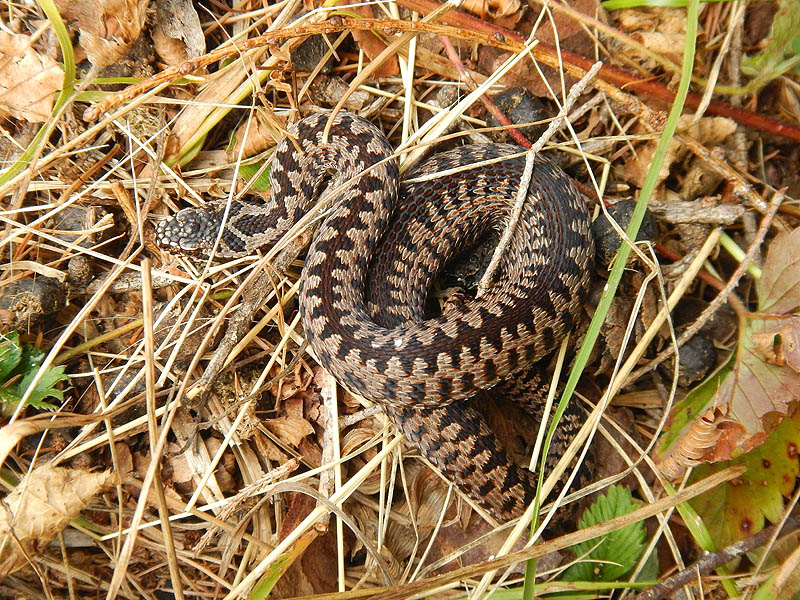Altezza
- Male: circa 100 cm
- Female: about 80 cm
Peso
- Male: 80 – 140 kg
- Female: about50 kg
The ibex is an animal with a noble and proud look. It has strong, rather short legs, the bow-shaped horns are large and curved back and have many protuberances that increase with age. In summer its coat is thick and rough, yellowish brown while the winter coat is darker and less contrasted.
The ibex lives on average between 18 and 22 years and, for most of the year, it stays above the woods line, on rocky slopes rich of grassy ledges, from 1600 to 3200mt above sea level. In winter it prefers the south-west slopes where the snow cover is often less thick. Instead in spring, through the woods, it can go down to the valley to graze the first fresh grass.
It is a herbivore that feeds mainly in the cooler hours of the morning and evening especially on herbaceous plants or less willingly lichens, bark and buds. During the warmer months it can also consume 15 – 20 kg per day of plant, accumulating important fat reserves for the winter period. Like other ungulates it loves salt and minerals in general that researches and licks from the rocks.
The mating season for the ibex is the month of December. The adult male finds the females’ herd which, after a gestation period that lasts from 22 to 24 weeks, give birth to babies starting from the beginning of June. Twin births are very rare, often just one baby is born. Cubs cease to be breastfed in fall but they keep staying with their mother until the age of three.

